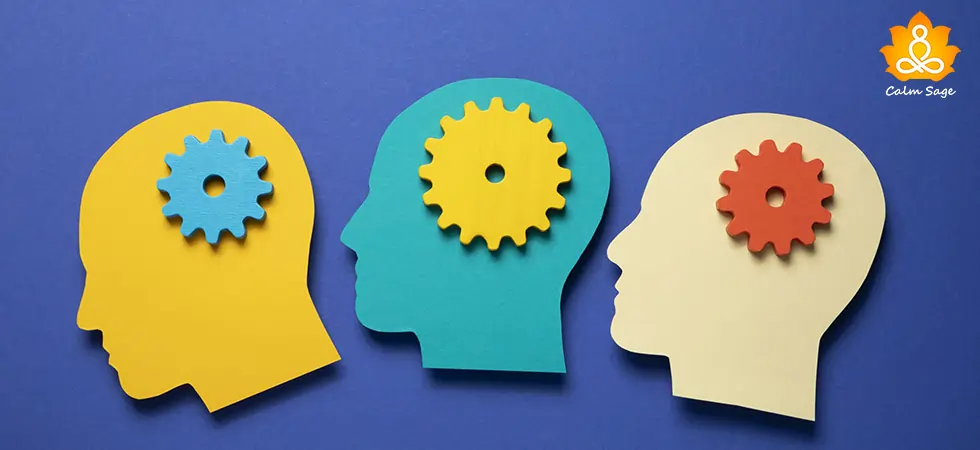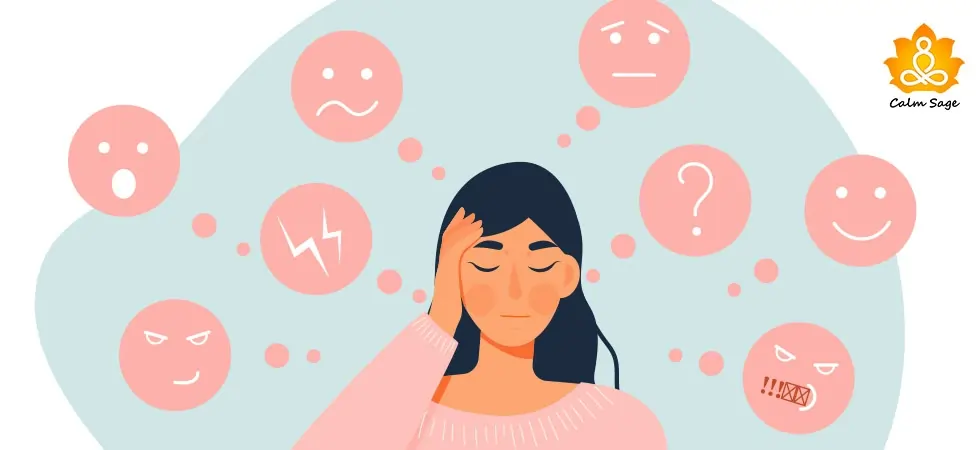An Overview Of Attachment Disorder In Adults And Children

Attachment disorder is a term used for a condition that causes a hard time for people informing and connecting meaningful relationships with other people. Attachment disorder mostly takes its roots during infancy.
The simple act of healthy anxiety for the caregiver and showing relief when reunited slowly develops into Attachment disorder. And, the fact is that most of the parents and adults don’t know that they are undergoing something like this.
Research shows that some children or infants develop this disorder because their parents or caregivers are not able to meet the requirements and as a struggle, they develop an emotional attachment.
However, the good news is that Attachment disorders are treatable however, early interventions in such situations are really necessary. With time, attachment disorder impacts everyday life therefore, treatment is important. This blog covers an overview of attachment disorder. So, let’s get started.
The Importance of Attachment Theory
Attachment theory revolves around the way you imitate and form emotional bonds with your loved ones and others. The Attachment Theory was developed by John Bowlby while studying the separation of a baby from a parent.
For the completion of basic needs, babies do require a parent or a caregiver. Bowlby’s theory revolves around behaviors like searching, crying, holding, and preventing separation from a parent or a caregiver. This theory ran into the research on attachment disorder in adults.
Theory suggests that when we grow, we develop a different kind of attachment style which is totally based on the attachment behavior we have learned as an infant or child. This attachment style has a big impact on our relationships in adulthood.
Related Read: What is Attachment Anxiety
Can Adults have Attachment Disorder?
The Diagnostic and Statistical Manual of Mental Disorder (DSM-5) covers two attachment disorders. Both types are diagnosed in childhood between 9 months to 5 years.
The two types of Attachment Disorder are:
A. Reactive attachment disorder (RAD)
RAD revolves around a pattern of emotional withdrawal from parents. Children or infants with RAD do not seek support from parents when upset or sad.
B. Disinhibited social engagement disorder (DSED)
DSED revolves around being overfriendly with strangers. Children experiencing DSED may approach strangers or even hug them without any hesitation
Related Read: What is an adult attachment issue?
As of now, there is no designated approach to treatment for attachment disorder in adults. With the help of types of attachment disorders, you can evaluate your symptoms and take the help of a mental health provider for the preparation of a treatment plan according to it.
Attachment disorder in adults can also be related to antisocial personality disorder. Read more to learn about treatment for attachment disorder.
Related Read: Different types of Attachments
Different Attachment Styles
Attachment style depends upon the style of behavior and interaction with others when you begin to form a relationship. Below are the different attachment styles based on the attachment theory:
1. Secure vs. insecure
If your needs during childhood were directly met, you probably have a secure attachment style. During adulthood, you feel secured in close relationships.
If your needs during childhood were not met or were slow, you probably have an insecure attachment style. It means during adulthood you take time to form intimate bonds with people.
2. Anxious-preoccupied attachment
If you have:
- Need to feel focused or wanted
- Spent a lot of time thinking about trust in your intimate relationship
- The tendency of experiencing jealousy
- Requirement of frequent assurance
You probably have an anxious-preoccupied attachment.
3. Dismissive-avoidant attachment
If you have:
- Hard time on depending on others
- Preference of being on your own
- Worry about forming relationships with others
Then you probably have dismissive-avoidant attachment.
4. Fearful-avoidant attachment
If you have:
- Conflicted feelings about people or relationships
- Developed romantic relationship with the worry of leaving
- Pushed away your feelings
- Fear of being alone
Then you probably have fearful-avoidant attachment.
Symptoms of Attachment Disorder
Common signs and symptoms of attachment disorder are:
- Hurting or bullying others
- Failure to smile
- Extremely clingy
- Anger
- Lack of eye contact
- Lack of fear of strangers
- Oppositional behavior
- Mood swings
- Self-destructive behaviors
- Poor impulse control
Treatment of Attachment Disorder
The most effective treatment for attachment disorder is to provide a stable and healthy environment. The symptoms might take some time to go away but if in case symptoms are not resolving, you can try:
1. Psychotherapy
Psychotherapy for attachment disorder helps in the identification of problematic areas and behavior. It totally depends on the therapist which type of therapy he/she wants to apply.
You can easily clear your doubts related to attachment disorder and treatment with the help of a therapist. To connect with a mental health expert from BetterHelp, click here.
Disclaimer: As BetterHelp Affiliate, We may receive compensation from BetterHelp or other sources if you purchase products or services through the links provided on this page.
2. Social skills training
Social skills training develops healthy skills that help children to interact with each other. It also helps in gaining confidence and experience in kids.
3. Family therapy
Family therapy helps to learn positive ways of responding and interacting with family members and others. Click here To learn more about Family therapy.
I hope this blog helps you to understand attachment disorder and its types. For more such content, follow Calm Sage on all social media platforms.
Thanks for reading!




















